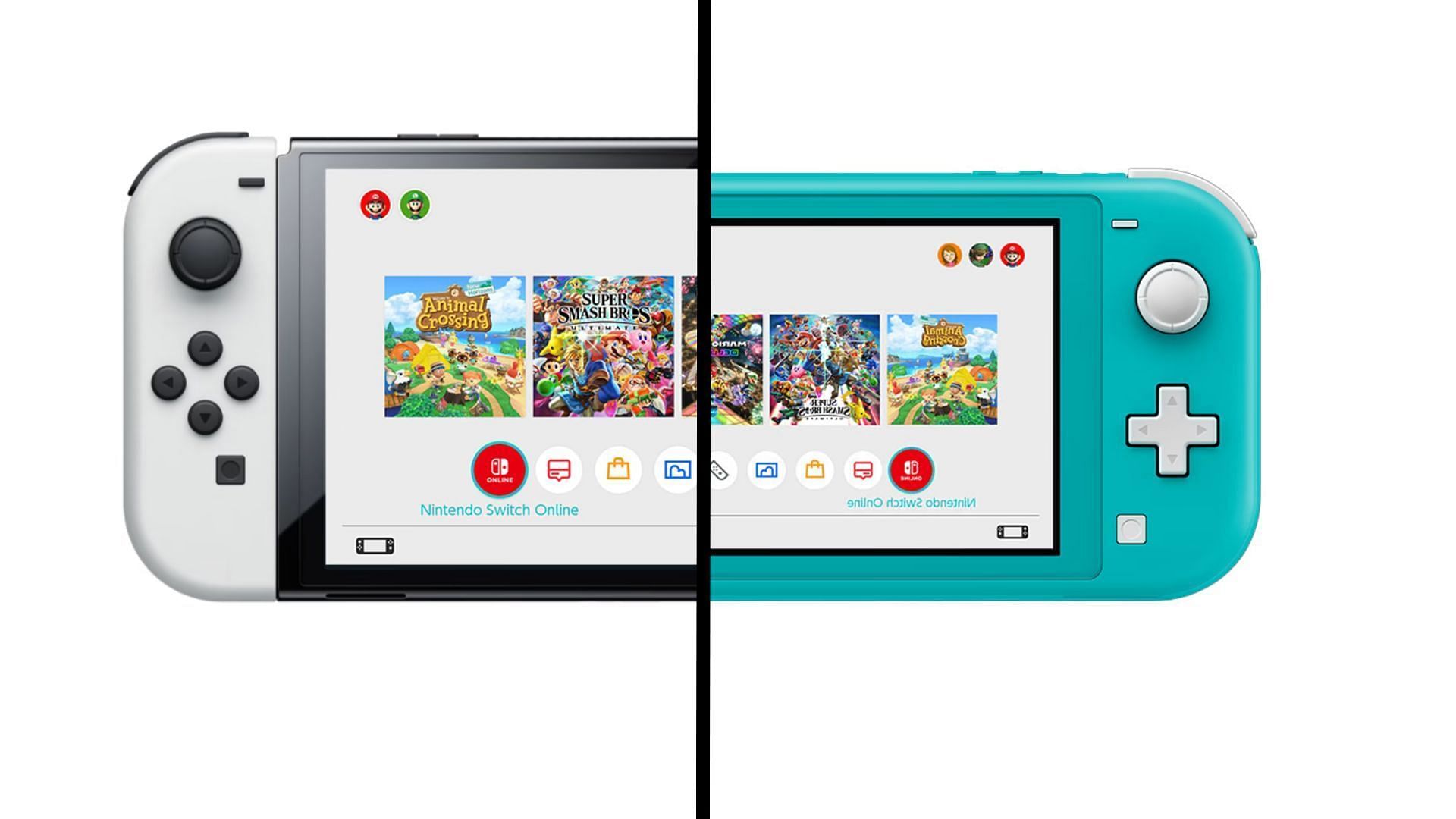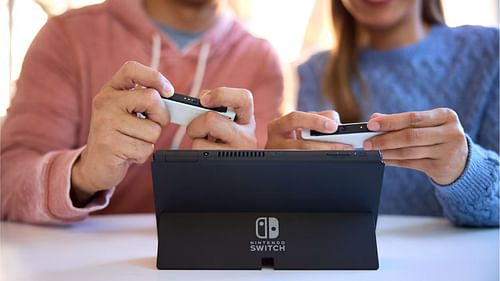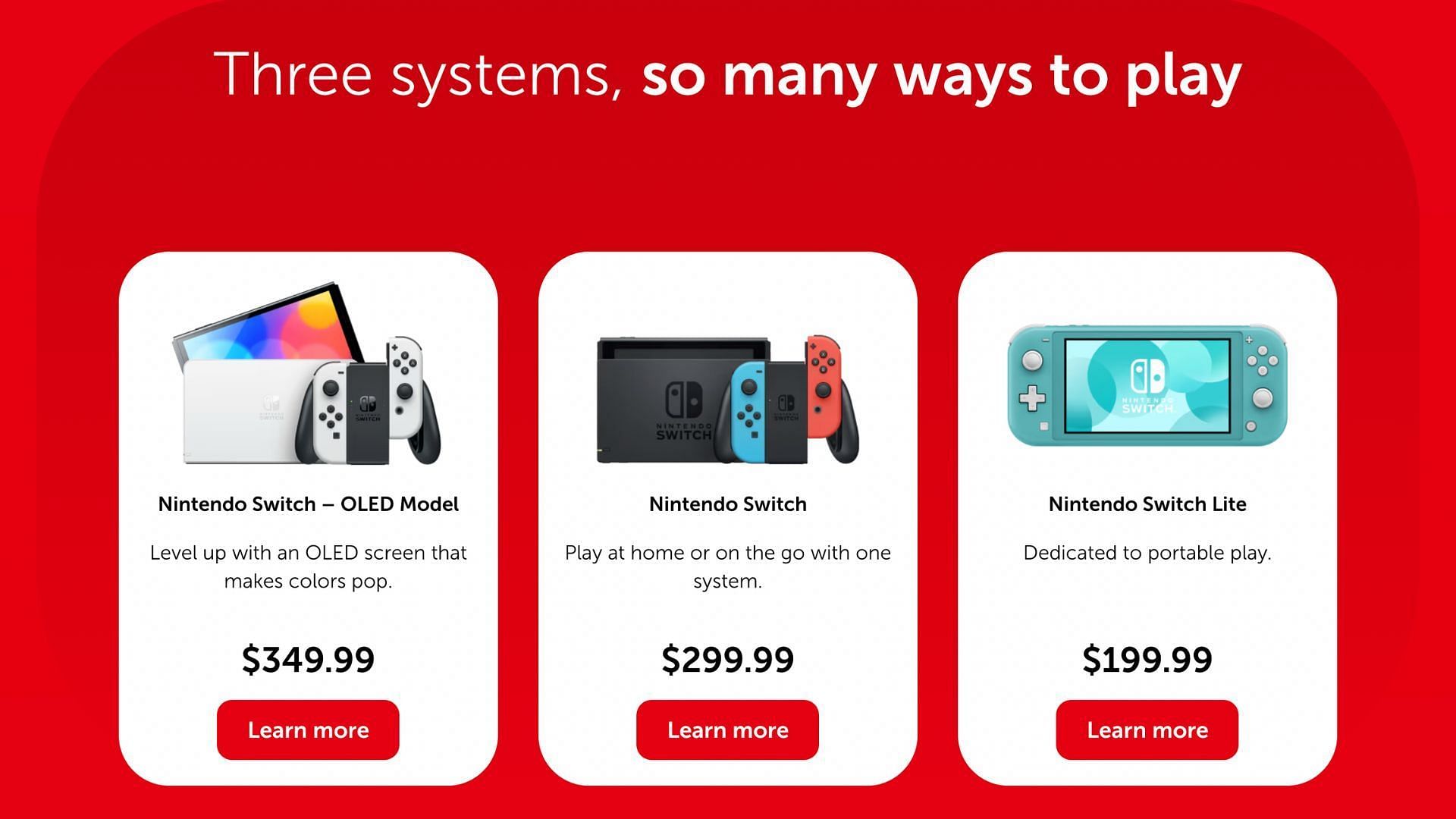
Nintendo Switch OLED vs Nintendo Switch Lite: Which should you buy?
The Nintendo Switch OLED and Nintendo Switch Lite are two variants of the company's latest handheld console that target different demographics and use cases. Both can play almost all Nintendo games, but the Lite is not natively compatible with some titles that require detached joycons. The OLED is the premium variant of the console and is the better pick of the two simply because it has so much more to offer.
Although the OLED is the definitive Switch experience, there is a small but vocal minority of gamers who prefer the aesthetics and dimensions of the Lite. This article compares the Nintendo Switch OLED and Nintendo Switch Lite on the basis of features, portability, and price to help you decide which one to get.
Note: Parts of this article are subjective and reflect the opinions of the writer
Nintendo Switch OLED vs Nintendo Switch Lite: Specs and unique features

Here's a quick look at the specs of both consoles:
The Nintendo Switch Lite sacrifices the main gimmick of the console — the ability to 'switch' between handheld mode and docked mode. If you want to play games on a TV, then the OLED is the only variant among the two that has this option.
The detachable joycons on the Nintendo Switch OLED can be pulled out and handed to another player for quick co-op sessions. Games that support motion controls, like Nintendo Sports and Just Dance, can be played on the Lite version only if you buy a pair of joycons for it, but even then, the process is a lot less intuitive.
The OLED has a kickstand at the back that you can flip open to rest the console on a flat surface. You can then play it with the joycons detached in 'tabletop mode'. This is a quick way to use the motion controls or split the joycons to play co-op without having to connect the console to an external screen. The Lite is meant to be played solely as a handheld and does not have a tabletop mode.
Although a lot of players on the r/nintendoswitch subreddit don't seem to miss the lack of rumble on the Lite, I feel that it adds some responsiveness to the console. Some games, like Mario Odyssey, make use of the rumble in mini-games that require you to find hidden objects. The intensity of the rumble gets stronger the closer Mario gets to the item.
Even in games that don't specifically use the rumble as a gameplay mechanic, the instant feedback of the rumble is a useful tactile signal. In Okami HD, the joycons do a faint ticking every time your character (the wolf, Amaterasu) runs around the world.
The main takeaway is that the Nintendo Switch OLED can do everything the Lite can do and more, but this isn't true the other way around.
Nintendo Switch OLED vs Nintendo Switch Lite: Design and portability

The Nintendo Switch Lite has a 5.5-inch LCD display and weighs around 275 grams. The Nintendo Switch OLED has a 7-inch OLED display and is significantly heavier at 420 grams.
The OLED is a much better panel and has better viewing angles, which is something you'll want if you plan to play with others in tabletop mode. Despite using the same 720p resolution as the Lite, the OLED's screen is brighter and has more vibrant colors.
According to Nintendo's website, the Nintendo Switch OLED has a battery life ranging from four and a half hours to nine hours depending on the game being played. The Lite lasts anywhere from three to seven hours. The OLED screen is less taxing on the battery, and this variant also has a larger battery (4310mAh).
The dimensions of the Lite allow it to be carried in your pocket, but the OLED will almost certainly have to be kept in a case or backpack. There's no clear winner here. One has a longer battery life, while the other has a more compact form factor.
Nintendo Switch OLED vs Nintendo Switch Lite: Price

The Nintendo Switch Lite is the cheaper of the two, priced at $199.99. The Nintendo Switch OLED, on the other hand, costs $349.99. This comes as no surprise as the OLED is the more premium and feature-rich Switch experience.
Nintendo Switch OLED vs Nintendo Switch Lite: Final thoughts
If you're on a tight budget, I would recommend you buy the Nintendo Switch Lite since it has very similar internals to the OLED version of the console. However, everyone else will definitely appreciate the additional quality-of-life features of the OLED version. These include the sturdy kickstand, HD rumble, and longer battery life.
The OLED makes it easy to play with other people since you can just pull out the joycons and have a second player join your game (without having to do any additional Bluetooth pairing). The detachable joycons of the OLED can also easily be replaced if the analog sticks develop into drift issues, which is the number one complaint about the console.